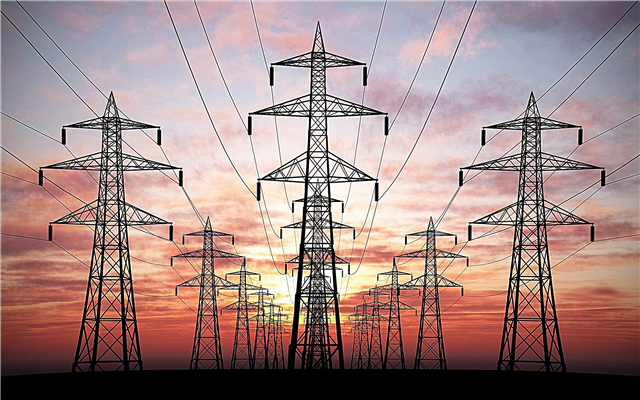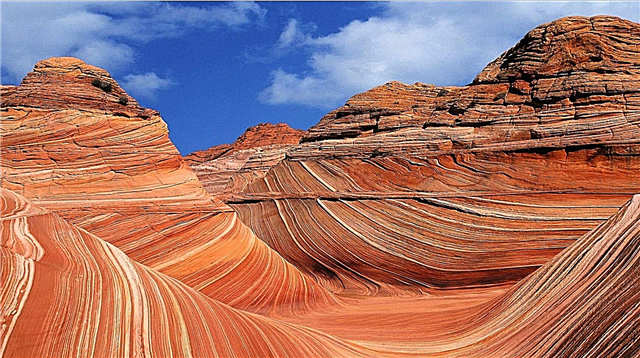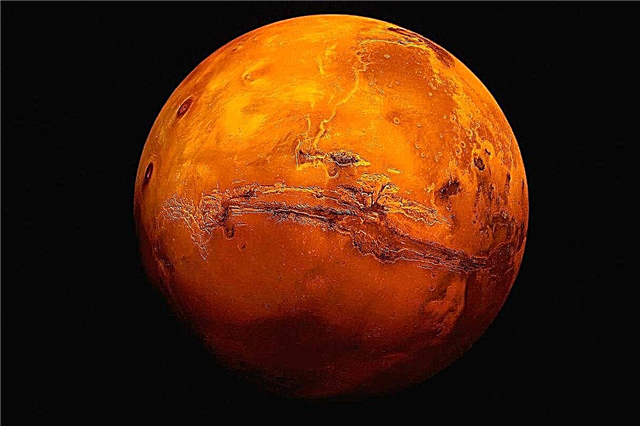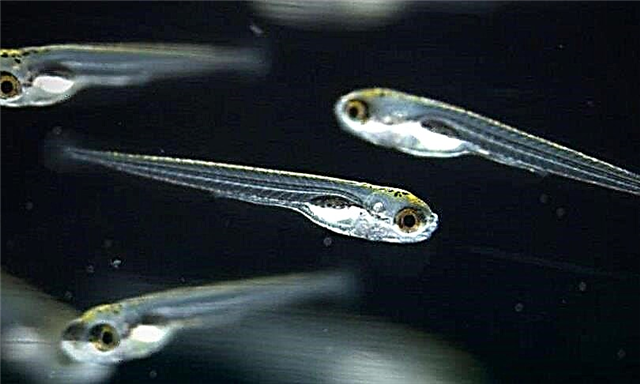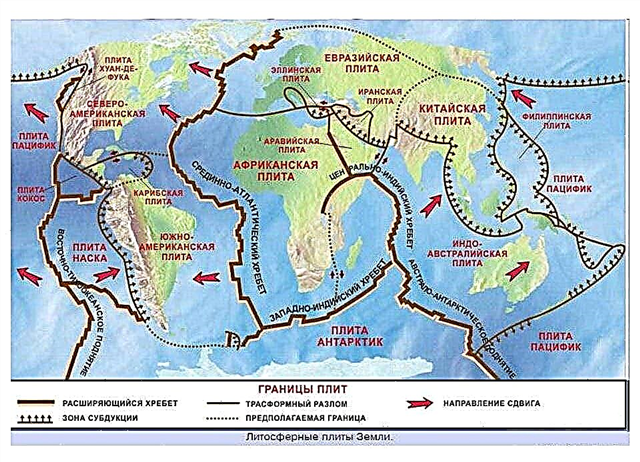
Craters exist on many celestial bodies, planets, including the Earth, vary in shape and origin. To explain the origin of the craters, two main hypotheses were used - meteorite and volcanic.
Accordingly, their number and shape (circular, oval, with steep slopes) directly depends on the method of formation. Most of the craters on the moon by modern science are classified as shock type.
Interesting fact: Among the hypotheses about the origin of craters, scientists considered the so-called theory of “space ice”. Subsequently, completely refuted by scientific research.
Lunar craters origin
Until the mid-1920s, the prevailing hypothesis of the origin of craters on the moon was volcanic. What is not surprising - scientists could personally observe such formations on Earth. Only in 1924, scientists from New Zealand by the name of Gifford presented convincing schemes of how such structures can be formed as a result of the fall of meteorites and other celestial bodies.
Interesting fact: the crater got its name thanks to the ancient Greek vessel for mixing liquids (mainly wine and water). The term was coined by the famous scientist Galileo Galilei.

The moon was actively bombarded by comets, asteroids, meteorites, at the moment the number of traces from such an impact exceeds 500 thousand.The peculiarity of studying craters on the Earth’s satellite is that they have been untouched for millions of years - they are not affected by the atmosphere of the planet, such as on Jupiter or Mars.
After a meteorite impact, the formed bowl could be filled with lava, which, hardening, turned into dark rock. Such formations are commonly called lunar seas.
The deepest, oldest, and largest Earth satellite crater is called Aitken. Located on the far side of the moon, constantly in the shade. Dimensions - diameter up to 2500 km, depth - up to 13 km.

Another giant - Hertzsprung, like Aitken, is located on the back side, 591 km in diameter, the origin is meteorite, the impact was so strong that the surface of the celestial body went in numerous rings. Other impressive formations are called: Tycho (depth - 3.5 km, shaft height - 2 km), Copernicus (flat bottom depth - 1.6 km, shaft height - 2.2 km).
Why are the craters on the moon round rather than oval (as it should be when meteorites fall)?
The shape of the crater is affected by two main factors - the geological structure of the celestial body, and at what angle a meteorite (asteroid, comet) hit it. In the Solar System, craters of the most bizarre shape can be found - for example, in the form of bowling pins, on Mars - Patera Orc, almost square - Burringer Crater, on Earth.
It is important to understand that the form is caused not by the forcing of the ground by a space "shell", but by the energy that is released during the explosion.It instantly passes to one point, as in the explosion of a powerful bomb. A good example is if you throw stones into the water, but the shock wave will diverge from the point of impact in circles.

Craters are formed by thermal explosions.. The energy of even a meteorite falling at an acute angle is quickly extinguished, turning into heat, and it spreads symmetrically. After which the round bowl remains.
On the moon there are formations of another type, but they are few. Consequently, some of them were formed from a direct hit, and some from a tangent strike.






